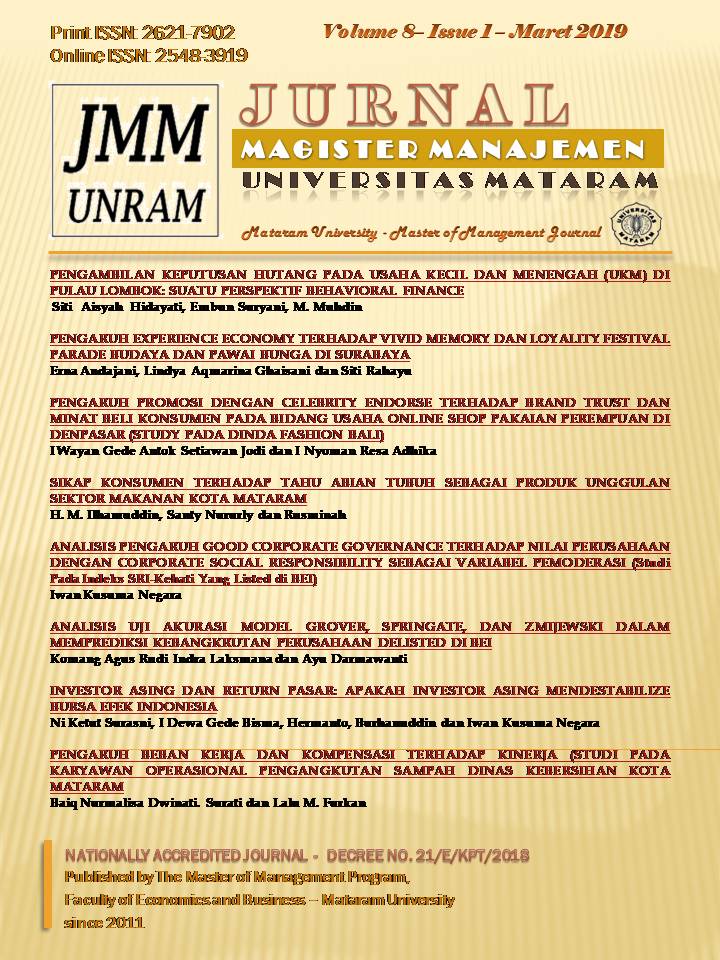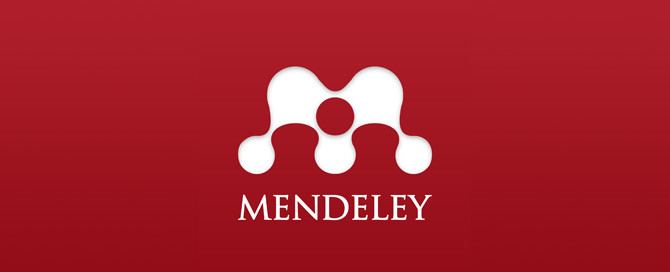SIKAP KONSUMEN TERHADAP PRODUK UNGGULAN SEKTOR MAKANAN KOTA MATARAM (STUDI PADA PRODUK TAHU ABIAN TUBUH)
DOI:
https://doi.org/10.29303/jmm.v8i1.353Abstract
This research is aimed at determining the attitude of consumers towards one of the superior products of Mataram city, that is tahu Abian Tubuh. The research is descriptive which using sample survey method. In order to answer the problem proposed, the analytical tool is Ideal-Point Model. The model measures a difference between what is desired and what is perceived by consumers. The result of this study shows that consumer attitudes are very good. It is indicated by attitude value of 13,764 which is lied at the highest interval in linear numerical scale 0 < Ab < 22,56 (very good). It means that the Tahu Abian Tubuh is in accordance with consumer’s desire. Key words: consumer’s attitude, tahu Abian Tubuh.Downloads
Published
2019-02-07
How to Cite
Ilhamuddin, H. M., Nururly, H. S., & Rusminah, R. (2019). SIKAP KONSUMEN TERHADAP PRODUK UNGGULAN SEKTOR MAKANAN KOTA MATARAM (STUDI PADA PRODUK TAHU ABIAN TUBUH). JMM UNRAM - MASTER OF MANAGEMENT JOURNAL, 8(1), 35–45. https://doi.org/10.29303/jmm.v8i1.353
Issue
Section
Articles
License
- Authors retain copyright and grant the journal right of first publication with the work simultaneously licensed under a CC BY 4.0. This license allows authors to use all articles, data sets, graphics, and appendices in data mining applications, search engines, web sites, blogs, and other platforms by providing an appropriate reference. The journal allows the author(s) to hold the copyright without restrictions and will retain publishing rights without restrictions.
- Authors are able to enter into separate, additional contractual arrangements for the non-exclusive distribution of the journal's published version of the work (e.g., post it to an institutional repository or publish it in a book), with an acknowledgment of its initial publication in JMM.
- Authors are permitted and encouraged to post their work online (e.g., in institutional repositories or on their website) prior to and during the submission process, as it can lead to productive exchanges, as well as earlier and greater citation of published work (See The Effect of Open Access).










